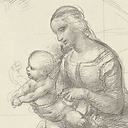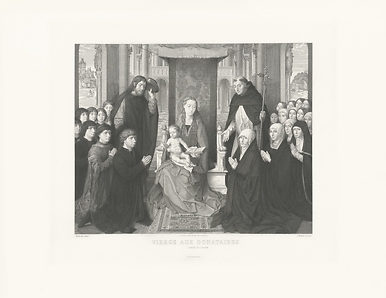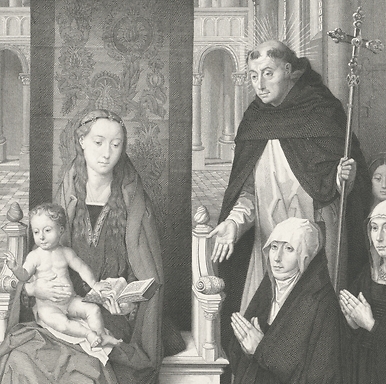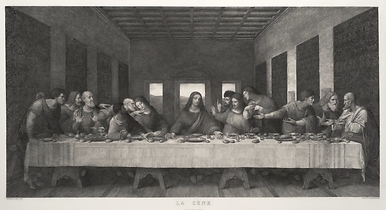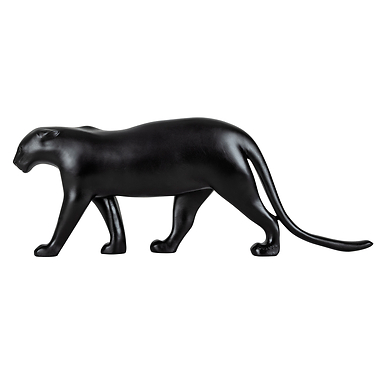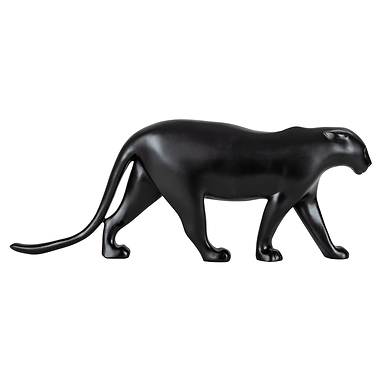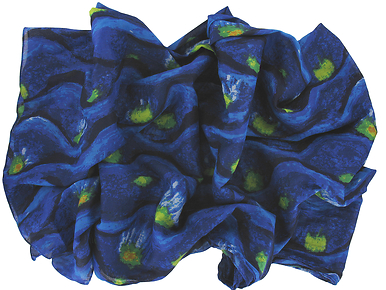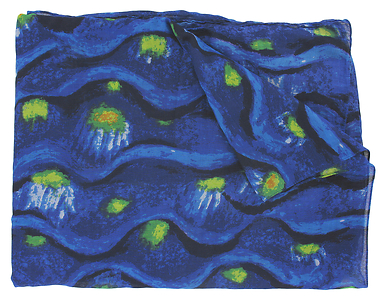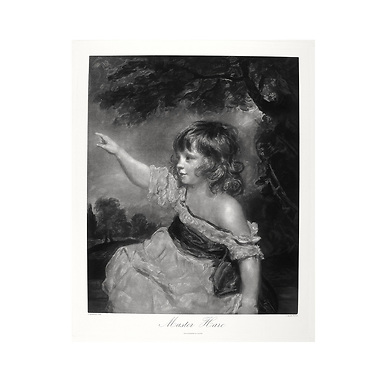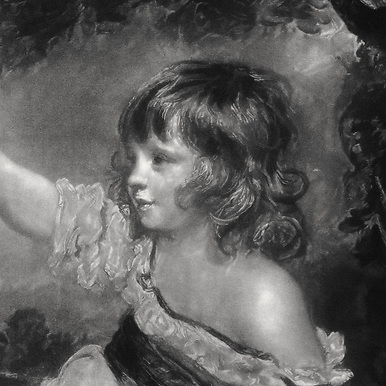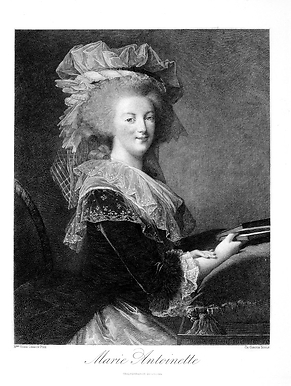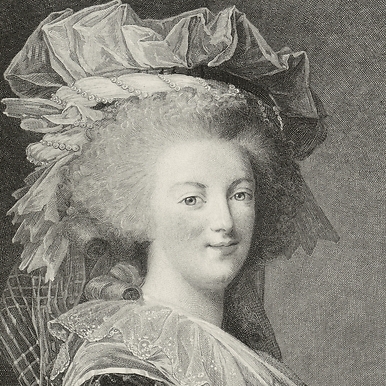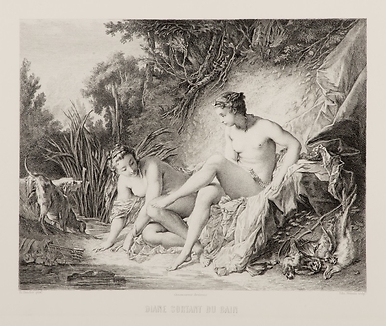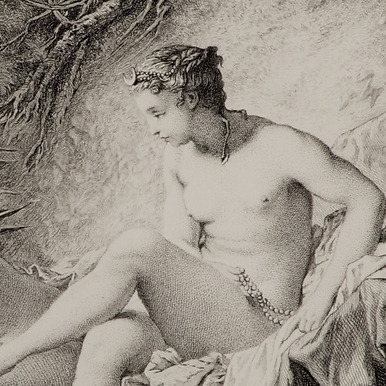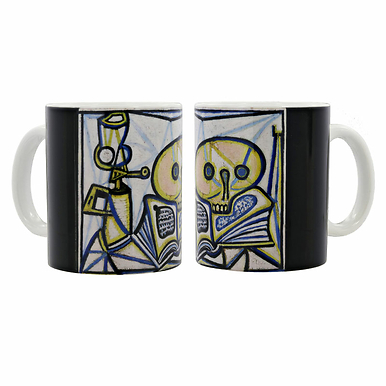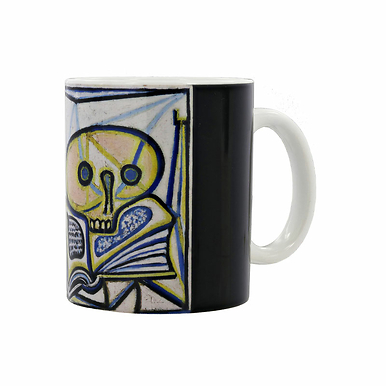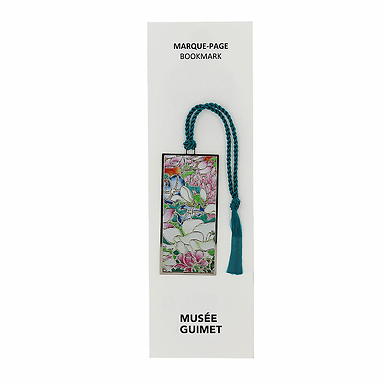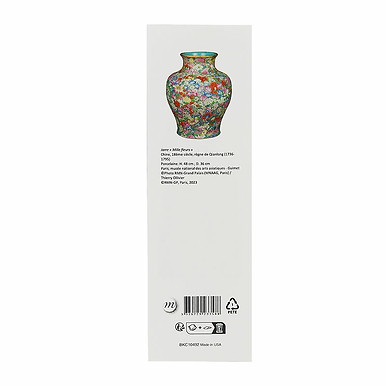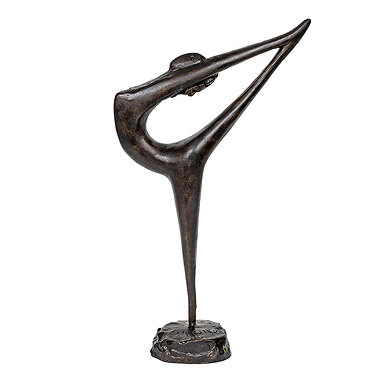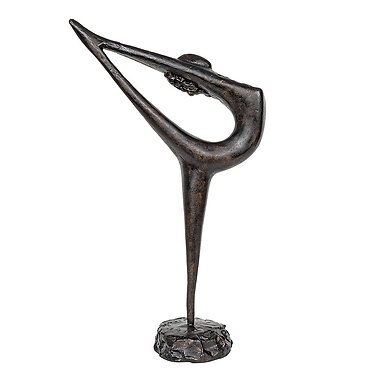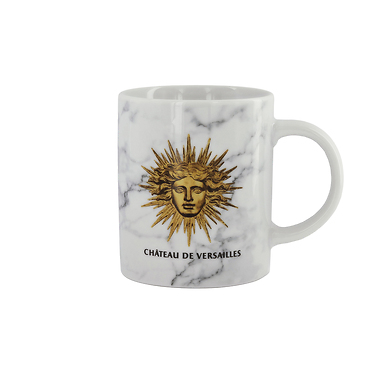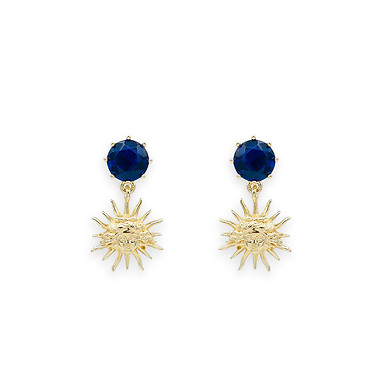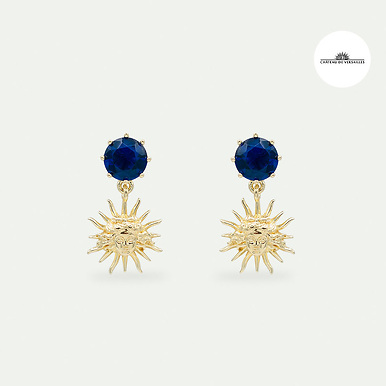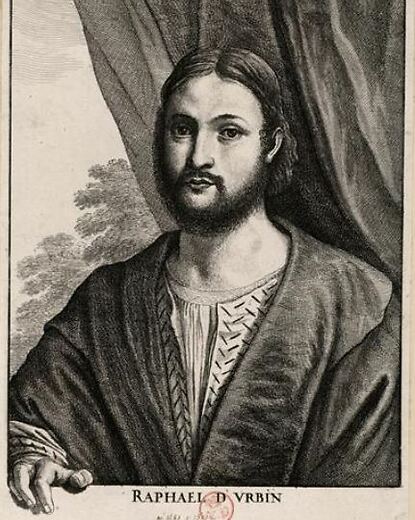Engraving The Virgin and the Child Jesus - Raphael
KM000040
This print is a copy of a preparatory drawing by Raphael for a painting in the Duke of Sutherland's collection depicting the Holy Family with palm tree.
Jean Bein, a soft-cut engraver from the Strasbourg region, came to Paris to the Ecole des Beaux Arts in 1812 where he received drawing lessons from...
Read more
This print is a copy of a preparatory drawing by Raphael for a painting in the Duke of Sutherland's collection depicting the Holy Family with palm tree.
Jean Bein, a soft-cut engraver from the Strasbourg region, came to Paris to the Ecole des Beaux Arts in 1812 where he received drawing lessons from the great David. This very classical training is reflected in the somewhat mechanical perfection of the chisel work. He made facsimiles of drawings for the Chalcographie of the Louvre.
Raphael was born in 1483 in Urbino and apprenticed with the Perugino. At the age of 17 he was the most gifted of the younger generation, but aware of the inadequacies of his provincial formation, he began to study Leonardo and Michelangelo. In 1508 he arrived in Rome where he received a large number of commissions: he worked for Pope Julius II in the Vatican Lodges (1508-1519) and especially for a very influential family, the Chigi. For these he made in Rome the decoration projects of the Villa Farnesina (1517) and for their chapels in S. Maria della Pace (1514) and S. Maria del Popolo (1516).
Raphael is also known for his many easel paintings: religious scenes and portraits.
Often in the shadow of Michelangelo, Raphael nevertheless made the greatest artistic revolution of his time during his very short career: he was able to move from Perugino's gentle and elegant style to a great measured and meditative historical painting. He is the witness of this humanism of Renaissance art.
Famous as a draftsman, Raphael expressed himself in his sketches with great freedom and spontaneity.
The stamping for four centuries allowed Raphael's art to be better known. It began with the complicity of the engraver Marc Antonio Raimondi at the time of the Master whose prints were highly prized in the 17th century. There are about a hundred engravers who reproduced Raphael's works. Occasional interpreters for some, for others like Dorigny, Chaperon or the Count of Caylus it was a deliberate choice to devote their chisel to the diffusion of his sets, paintings or drawings.
Print on applied Japanese paper:
Made in Asia, this paper provides exceptional line accuracy and reveals the engraver's prowess. Its extreme lightness requires that it be glued on another sheet of paper. This operation, which must be carried out at the time of printing, requires a high level of technical expertise.
Close
Login to see prices
Sold by GrandPalaisRmn




